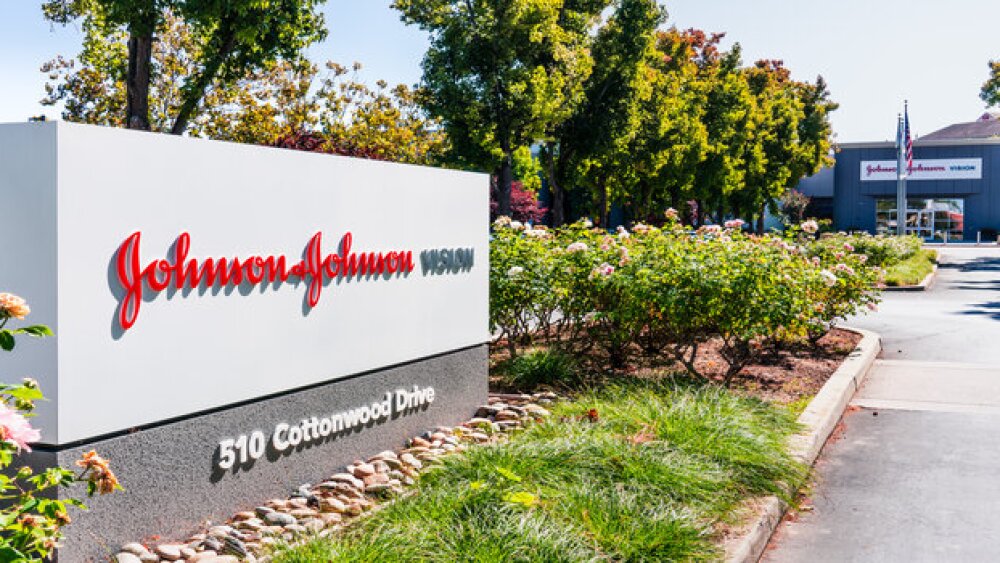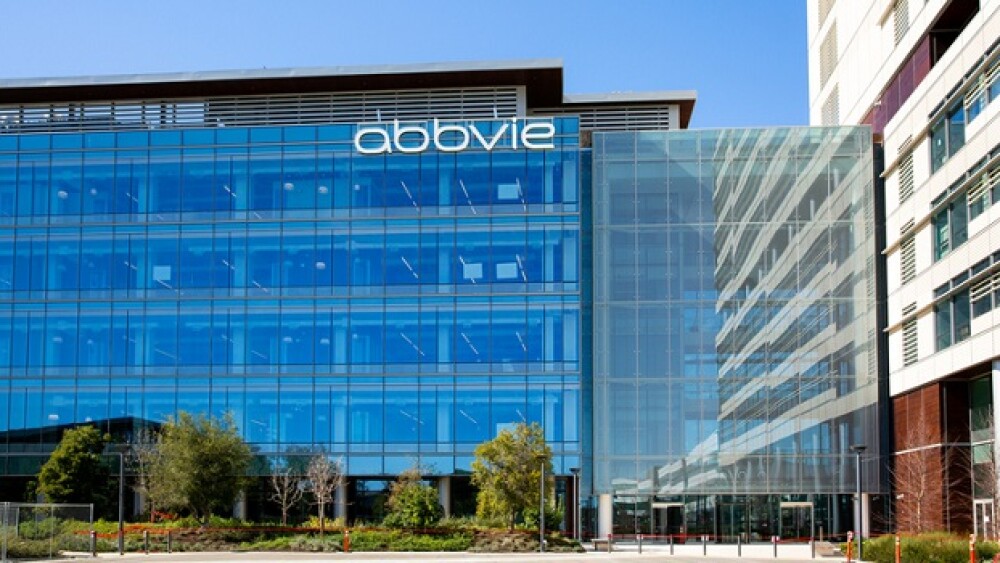The Institute for Clinical and Economic Review (ICER) concluded that even at a hefty lifetime cost of $2.5 million, gene therapies for hemophilia A and B are worth it.
The Institute for Clinical and Economic Review (ICER) concluded Tuesday that gene therapies for hemophilia A and B are worth it even at a hefty lifetime cost of $2.5 million.
ICER’s findings are outlined in a draft evidence report, which evaluated the efficacy and economic value of upcoming gene therapies for hemophilia A and B against existing treatment regimens.
The Institute specifically looked at BioMarin‘s Roctavian (valoctocogene roxaparvovec) for hemophilia A and CSL Behring’s etranacogene dezaparvovec for hemophilia B. Both have yet to be approved by the FDA.
For hemophilia B, ICER compared etranacogene dezaparvovec with factor IX prophylaxis and found an approximately 80% reduction in bleeding associated with the gene therapy. Despite uncontrolled studies and small sample sizes, gene therapy demonstrated the clear benefit over the current standard of care.
The evidence was less clear-cut for hemophilia A. However, indirect comparisons between Roctavian and Genentech’s and Chugai’s Hemlibra (emicizumab) showed the two are likely to be on par in clinical efficacy. Yet, Roctavian imparts a higher burden of adverse events.
Similarly, ICER found insufficient evidence to establish that Roctavian is substantially better than factor VIII prophylaxis, though it is unlikely to be inferior.
In its economic simulations, ICER found both Roctavian and etranacogene dezaparvovec to be cost-effective in the long run. Even at a steep cost of $2.5 million, both treatments were “dominant,” leading to substantial savings and gains in quality-adjusted life years.
A BioMarin representative told BioSpace the average annual health care costs for patients with hemophilia A treated prophylactically range as high as $760,000, with 96% of such costs attributed to factor replacement therapy.
“The full value of gene therapies may only be realized over a patient’s lifetime. That’s why our current reimbursement system needs to adapt and evolve to account for the long-term value of these therapies,” the representative said.
The $2.5 million is what the ICER called a “placeholder price,” which it arrived at by averaging the prices of other gene therapies.
Much of the savings can be attributed to the one-time nature of gene therapies which are paid only once. Existing treatments cost $500,000 to over $700,000 per year and run for the duration of a patient’s lifetime.
A CSL Behring representative told BioSpace, “We are pleased to see that the draft ICER report appropriately acknowledges both the cost-effectiveness of etranacogene dezaparvovec gene therapy as well as the potential nature of this investigational one-time treatment option for patients living with hemophilia B.”
Etranacogene dezaparvovec cleared the Phase III HOPE-B study earlier this year, demonstrating lower annual bleeding rates in treated patients while minimizing their need for prophylactic care.
The FDA has designated etranacogene dezaparvovec a breakthrough therapy and accepted CSL’s Biologics License Application for priority review in May.
Gene Therapies Cost-Effective for Beta-Thalassemia, Too
Another ICER report, published in July, found that gene therapies are likewise economical for beta-thalassemia, an often-deadly rare blood disorder.
For patients with transfusion-dependent thalassemia, the most severe form of this disease, the only curative option is hematopoietic stem cell transplantation from a sibling or another matched donor.
In the absence of a donor, patients are forced to make frequent trips to the hospital to get a transfusion, sometimes as often as every two weeks.
The ICER report compared bluebird bio’s Zynteglo (betibeglogene autotemcel), a potentially curative gene therapy, against the current standard of care. Zynteglo was approved by the FDA in August.
At a stated price of $2.1 million, the ICER deemed Zynteglo cost-effective. The drug will meet commonly accepted thresholds if it offers an 80% payback option for patients who fail to reach and maintain transfusion independence over five years, it stated.
As in the case of hemophilia, Zynteglo’s economic advantage is its one-time dosing, particularly given the heavy annual financial burden associated with regular transfusions.






